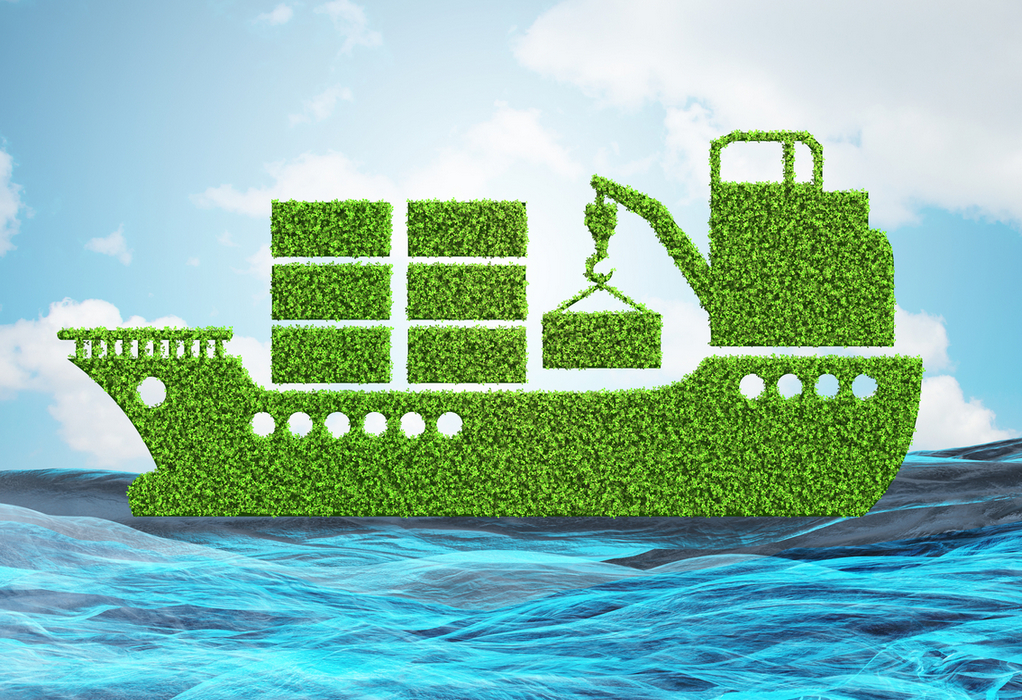Drewry believes methanol can play a major role in meeting the IMO’s emissions reduction targets for the maritime sector for 2030 and zero-emission targets for 2050.
By 2023, the goal for the sector is to reduce the emission of greenhouse gases (GHG) through fuel-efficiency, slow-steaming and using LNG as fuel, among others. However, to meet the medium-term (between 2025 and 2040) goal of a heavy cut in emissions of GHG and particulate matter (PM), we expect methanol to play a key role as marine fuel, even though it is not a zero-emission fuel such as hydrogen and ammonia. The use of methanol is likely to gather momentum as a transition fuel since it is a commodity that shippers are familiar with and therefore offers handling and cost advantages while there is a long wait for the zero-emission options which lack even the basic infrastructure at present. However, in the long term, renewable methanol, hydrogen, green ammonia and solar power will be the options for zero-emission.
Methanol as a marine fuel
Methanol is an excellent replacement for traditional marine fuels due to its potential to reduce GHG emissions, while it is easy to handle; does not suffer from any operational safety issues and is generally compatible with most engine types.
It is readily available and easily accessible on a global scale with existing infrastructure that supports its use as marine fuel. Bunker ships and storage tanks can easily be converted to carry and store methanol.
From a safety viewpoint, methanol shares the same characteristic of a low flash point with LNG, but unlike LNG (which requires refrigeration and high pressure), it can be stored in an ordinary tank with few modifications. The shipping industry has ample experience in handling methanol and the conversion cost of existing engines to run on methanol is also significantly lower than other alternative fuel conversions. Methanol’s price will also be competitive with VLSFO between 2025 and 2050 and to top it all, natural gas is primarily used as feedstock for methanol production, the abundance of which can help ramp-up production when demand increases.
Furthermore, NOx and Sulfur are absent in methanol and PM emission is very low. Variants of methanol like bio-methanol and electro-methanol can help shipowners meet IMO-2050 GHG emission targets with almost negligible investments. Bio-methanol is produced from waste while electro-methanol is produced using carbon-capture and a storage method which is a major factor in the recent drives to reduce vehicular emissions.
History, current and future development
Waterfront Shipping, a subsidiary of Methanex, was the first company to place an order for dual-methanol-fuelled vessels and is still expanding its methanol-fuelled fleet with eight 50,000 dwt tankers on order and 11 ships sailing in the ocean. In 2019, a joint venture between Proman Shipping AG and Stena Bulk AB ordered two tankers and thereafter added two more tankers in 2020, reflecting their confidence in methanol as marine fuel.
Maersk announced that it will launch “the world’s first carbon-neutral liner vessel” by 2023, which will use methanol as its primary fuel. It will have a green methanol-powered vessel in 2023 and all its future vessels will be dual-fuelled vessels with methanol playing a key role. In March 2021, Eastern Pacific Shipping has also signed an MoU with MAN engines for conversion of their vessels into methanol dual-fuel engines.
Existing methanol carriers can easily be converted into methanol dual-fuel vessels with bunkering and storage becoming less of a challenge. All 11 current active methanol dual-fuelled vessels are methanol carriers, and in 2020, the total volume of methanol used as marine fuel was 133,000 tonnes.
Additionally, other IMO class tankers currently trading in chemicals and CPPs also present an opportunity for using methanol as fuel as they will face the least bunkering problems.
In short, Drewry expects half of the vessels ordered after 2025 to have dual-fuel engines, with a large percentage using methanol as marine fuel. We believe methanol will be one of the transition fuels to lead the maritime sector towards zero-emission options such as hydrogen, green ammonia or even solar power. As such, renewable methanol will be one of the fuels that will help the maritime sector to achieve the IMO’s 2050 carbon emissions targets.
Source: Drewry
Tags: IMO, Marine Fuels, Maritime Shipping, Methanol, zero-emission

Recent Posts
GCMD completes biofuel supply chain trials with Hapag-Lloyd
Airbus partners with Avolon on hydrogen aviation
Nuclear power transition more safe option for decarbonisation than coal
ABS presents industry’s first advisory on ammonia bunkering
AW Shipping orders multiple dual-fuel vessels from China
HIF Global partners with Airbus to advance development of SAF
ASL Aviation signs agreement with ZeroAvia for retrofit
AM Green plans to invest $1 bn to set up 2G biofuel plants